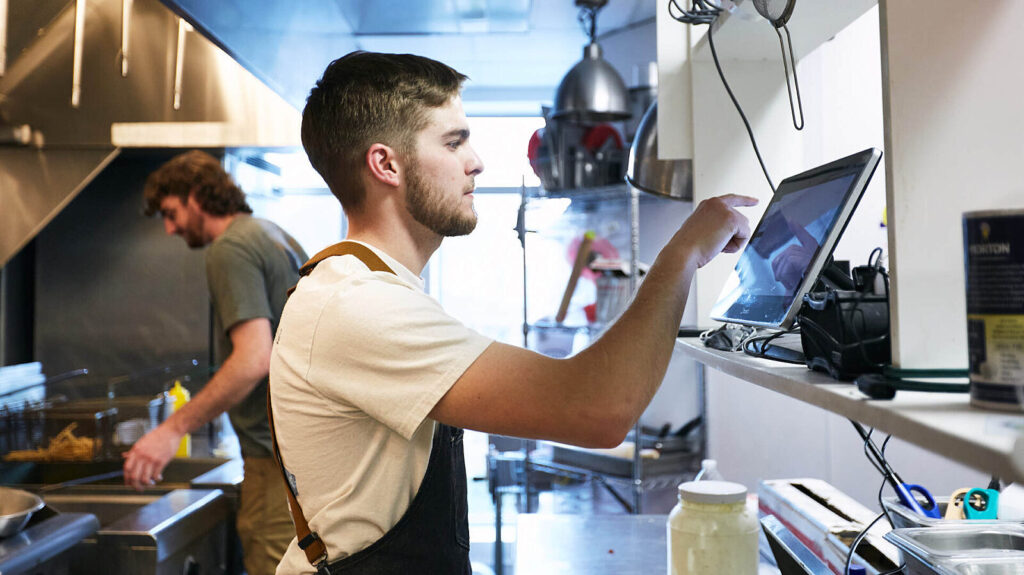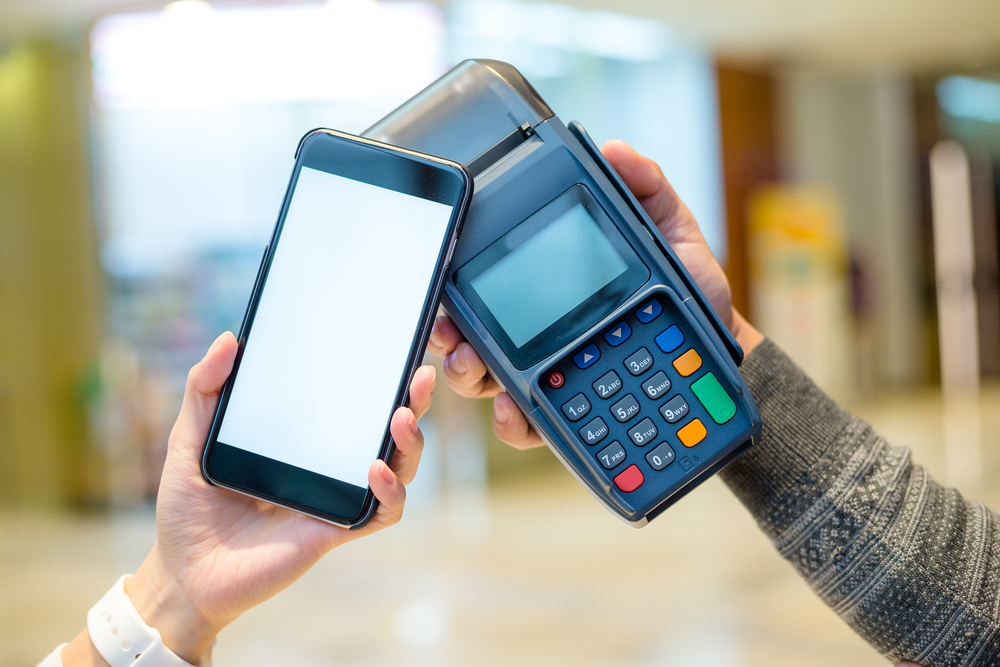Why POS Integration with Kitchen Displays Matters

In today’s fast-paced restaurant and coffee shop environments, every second counts. Customers expect quick service, accurate orders, and a smooth dining experience. Behind the scenes, the kitchen team works tirelessly to deliver those expectations. One of the most effective ways to bridge the gap between the front-of-house and back-of-house operations is through POS integration with kitchen display systems (KDS).
This integration may seem like a minor tech upgrade, but its impact is powerful. Here’s why it matters so much—and why your restaurant or coffee shop should consider making the switch.
1. Streamlined Order Management
When a POS system is integrated with a kitchen display, orders taken at the front of the house are automatically sent to digital screens in the kitchen—no paper tickets, no runners, and no miscommunication.
This reduces the time it takes to transmit an order from the server or cashier to the kitchen. The kitchen staff instantly sees the order, including modifiers and special requests. The result? Faster ticket times and more accurate food prep.
2. Eliminates Human Error
Relying on handwritten tickets or verbal communication opens the door to mistakes. Illegible handwriting, missed modifications, or forgotten items can cause delays, rework, and frustrated customers.
POS integration with a kitchen display system ensures that every item and every customization is transmitted clearly and instantly. The chance of missing a dairy allergy warning or forgetting a “no pickles” note drops significantly.
3. Improves Kitchen Workflow
Kitchen display systems allow chefs and line cooks to manage their tasks more efficiently. Orders are automatically queued and prioritized, and items can be color-coded by urgency or status.
This helps teams coordinate better during rush hours. For example, the KDS can alert cooks to start cooking items that take longer first, ensuring that entire tables are ready to be served together. It’s a smarter kitchen with fewer bottlenecks.
4. Real-Time Updates and Modifications
Mistakes happen. Customers change their minds. With traditional systems, changing an order already sent to the kitchen can cause confusion or require someone to manually run back and notify the chefs.
But with an integrated POS-KDS setup, modifications and cancellations are updated in real-time. This prevents wasted ingredients and unnecessary prep, saving money and ensuring better service.
5. Faster Service = Higher Table Turnover
In both casual dining and fast-paced coffee shop settings, speed equals profit. A slow kitchen leads to longer wait times, which reduces how many tables you can turn in a day.
An integrated POS-KDS solution helps you deliver orders faster and more accurately, which keeps guests happy and allows you to serve more people without compromising quality.
6. Better Reporting and Analytics
Kitchen display systems integrated with POS software also collect valuable data. You can track average ticket times, identify slowdowns, and even monitor individual performance on the line.
This insight helps restaurant managers optimize staff scheduling, improve training, and identify opportunities to streamline operations.
7. Environmentally Friendly and Cost-Effective
By ditching paper tickets, you’re not just reducing waste—you’re cutting costs over time. Ink, printers, and paper can add up, especially in high-volume environments. Kitchen displays are a greener, more sustainable choice that also modernizes your operation.
Final Thoughts
In the hospitality industry, success often hinges on the efficiency and coordination between the front-of-house and kitchen. POS integration with kitchen display systems is no longer a luxury—it’s a necessity for restaurants and coffee shops that want to deliver consistent, fast, and accurate service.
From minimizing mistakes to boosting team productivity and improving the customer experience, this integration offers clear, measurable benefits. If you’re still relying on printed tickets or manual communication, it might be time to upgrade.






